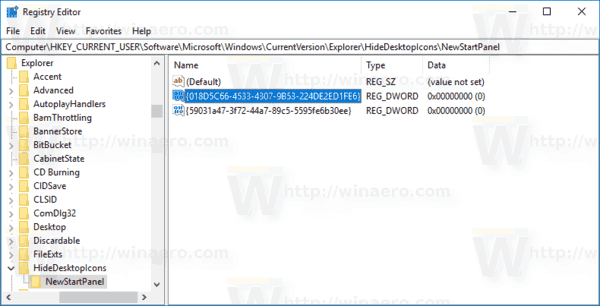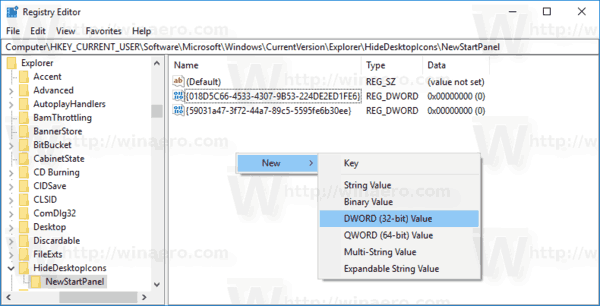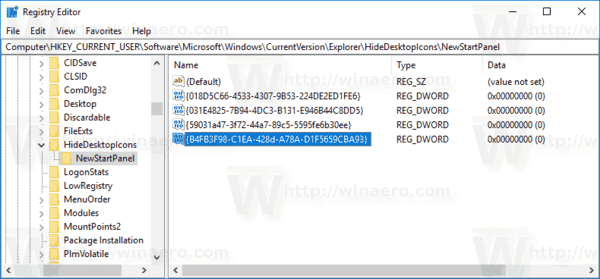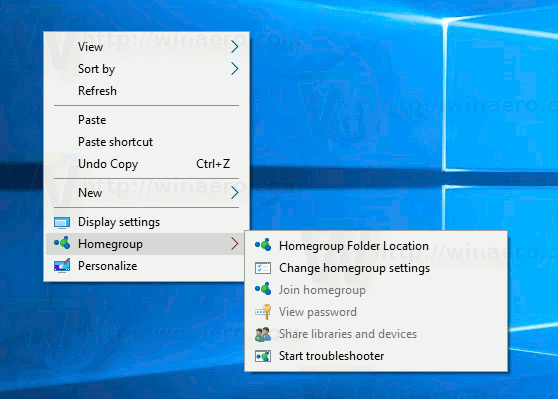The HomeGroup feature is a simplified solution from Microsoft to provide the file sharing ability between all computers in your home network. With HomeGroup, you will be able to share photos, music and videos files, various office documents and even printers. Also, you can allow other family members to change files that you have shared. In this article, we'll see how to add the HomeGroup desktop icon in Windows 10.
![]()
Before proceeding, ensure your network location type is set to Private (Home). Otherwise, discovery and access will be limited and the HomeGroup icon won't be visible on Desktop. You won't be able to browse the Windows network from other PCs and their shares. Please see the following articles:
Advertisеment
- Change network location type (Public or Private) in Windows 10
- Change network location type with PowerShell in Windows 10
- Add Network Location Type Context Menu in Windows 10
Note: Once you set your network location type as Private, Windows 10 automatically shows the HomeGroup icon in the navigation pane of File Explorer. If you have no use for the HomeGroup feature and don't wish to see its icon, see how to disable it and remove HomeGroup from Windows 10 File Explorer.
To add the HomeGroup desktop icon in Windows 10, do the following.
- Open the Registry Editor app.
- Go to the following Registry key.
HKEY_CURRENT_USER\Software\Microsoft\Windows\CurrentVersion\Explorer\HideDesktopIcons\NewStartPanel
See how to go to a Registry key with one click.

- On the right, modify or create a new 32-Bit DWORD value named "{B4FB3F98-C1EA-428d-A78A-D1F5659CBA93}". By default, its value data is considered as 1, which means to hide the HomeGroup icon from the Desktop. Set it to 0 to make the Libraries desktop icon visible.


Note: Even if you are running 64-bit Windows you must still create a 32-bit DWORD value. - Press F5 on your Desktop to refresh it. The icon will appear instantly.
![]()
To save your time, you can download the following ready-to-use Registry files.
Tip: You can add a useful HomeGroup context menu to the Windows 10 Desktop. It will allow you to manage your HomeGroup options, view passwords, share libraries or troubleshoot connection and sharing issues. Here is how it looks:

To add the HomeGroup context menu, please refer to the article
Add HomeGroup Context Menu in Windows 10
That's it.
Support us
Winaero greatly relies on your support. You can help the site keep bringing you interesting and useful content and software by using these options:

Classic Shell now available for Windows 10 Creators Update
classicshell.net
Great!